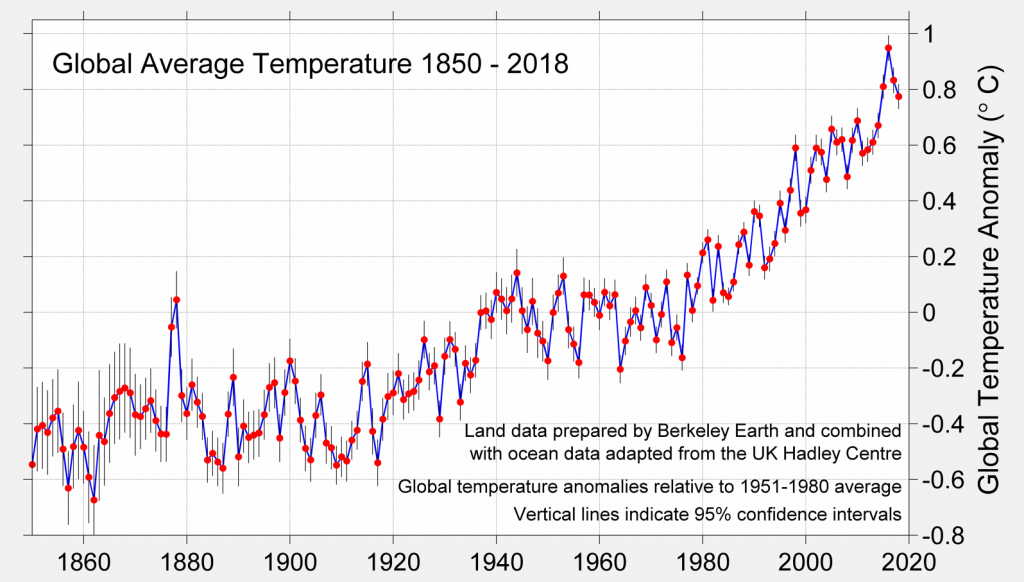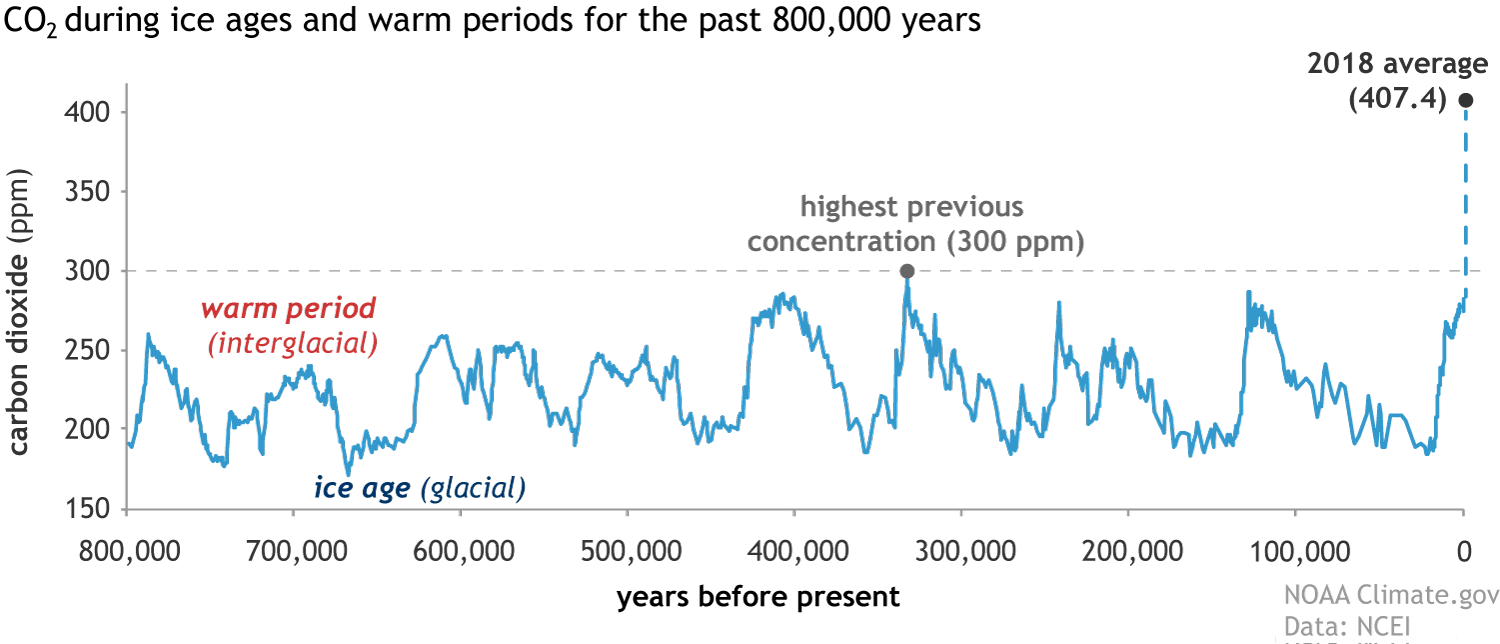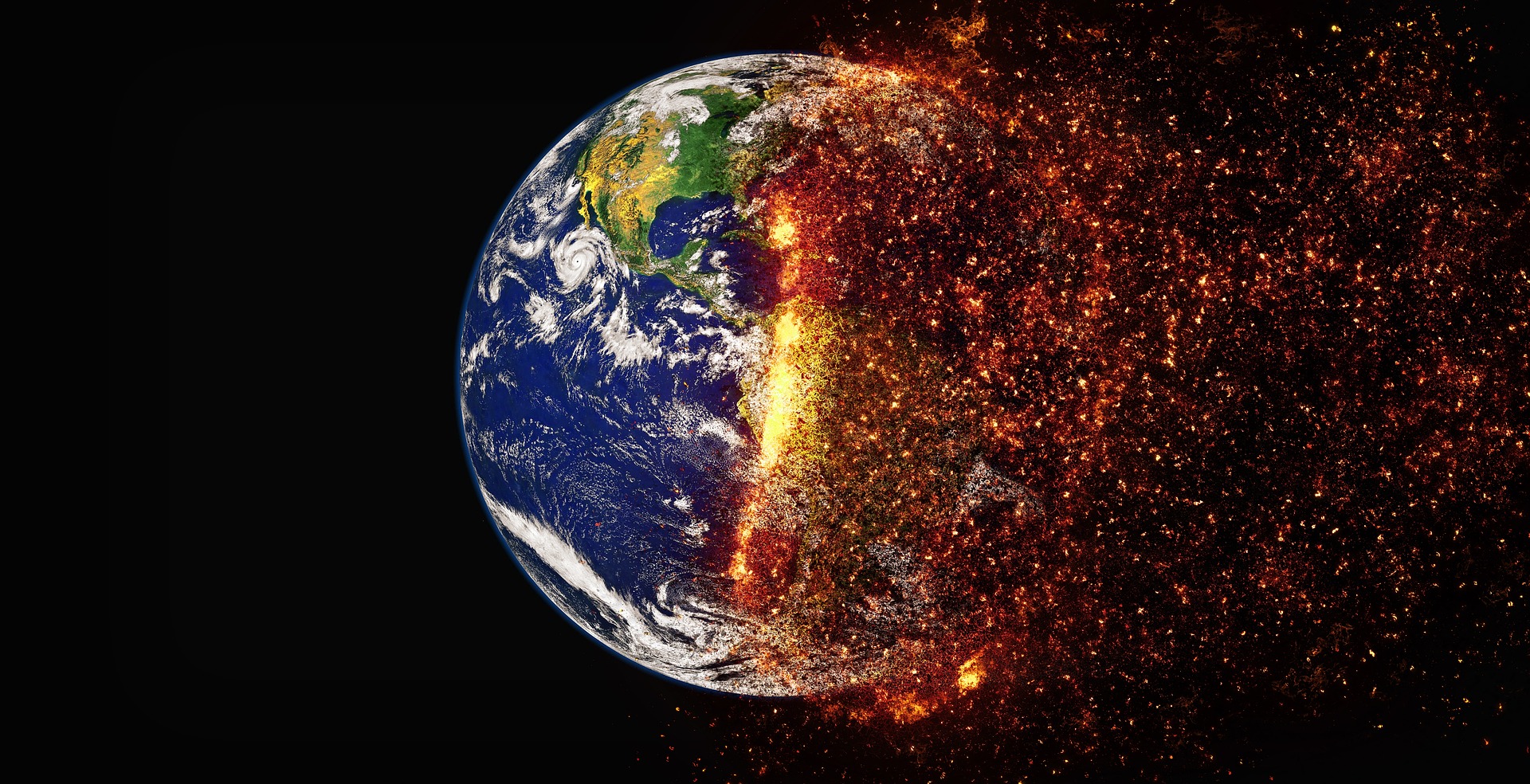detonation demo
Bourke Engine Detonation Demo
This demonstration is intended to show the powerful difference between progressive burning (deflagration) of the air/fuel mixture in a conventional internal combustion engine and detonation. Many years of searching the Internet for a scientific comparison of the power difference between deflagration and detonation using the most common fuels (gasoline, diesel, alcohol, kerosene/jet fuel, home heating oil, etc.) has yielded nothing. Therefore, the powder used in fireworks was used for this demonstration and we challenge the scientific and engineering communities to do the comparison scientifically using the above mentioned fuels and publish the results to the world. The California Institute of Technology, Explosion Dynamics Laboratory has published a “Glossary of Explosion Dynamics” which is very informative and a recommended read.
Detonation Demo Video
Thank You!
Many thanks to Erick Hetherington, D & D’s Video Transfer Service, 37108 W. Six Mile, Livonia, MI 48152, Phone (734) 591-3660 for compiling the above video.
Calculating the Power Difference
After reviewing the video of the progressive burn of the powder, the loose powder from two (2) firecrackers did not move the can evenly. It did lift the can at the back to the top of the bottom seal (one inch). Assuming one (1) inch of lift if the can were lifted evenly, the power difference between progressive burning and detonation will use .5” (two firecrackers = 1”, one firecracker = ½ inch).
Burning of loose powder represents deflagration or progressive burning. The internal combustion engine (ICE) in your automobile runs on deflagration (progressive burning).
The single firecracker blew the can well over 20 feet (240 inches) into the air (detonation). Using these numbers, detonation is:
- 240”/.50”= 480 times as powerful as deflagration (progressive burning).
Since the boards were not long enough to measure the actual height that the can reached using one firecracker, Bob estimates that it went well beyond 30 feet (360 inches). Using these numbers, detonation is:
- 360”/.50” = 720 times as powerful as deflagration (progressive burning).
REMEMBER, THESE DIFFERENCES ARE MEASURED FROM THE SAME AMOUNT OF POTENTIAL ENERGY, THE POWDER OF ONE FIRECRACKER!!!!
IF YOU DON’T BELIEVE WHAT YOU SEE IN THIS VIDEO YOU ARE MORE THAN WELCOME TO PERFORM THE EXPERIMENT YOURSELF.
WHY IS THE BOURKE ENGINE SO FUEL EFFICIENT, POWERFUL AND
THE EXHAUST SO CLEAN??? ONE WORD – DETONATION!!!!!
Still not convinced about the power of detonation?! Take a look at this YouTube video on hydrogen detonation.
It utilizes PURE HYDROGEN in a balloon ignited by a torch (deflagration) compared to the same amount of PURE HYDROGEN MIXED WITH PURE OXYGEN in a balloon which is ignited by a spark (detonation).

Global Warming
The chart shows the increase in global average temperature from 1850 to 2018.
Source: Berkeley Earth
Carbon Dioxide In Our Atmosphere
Read all of the scientific reports!!!!!! We are at 415 parts per million, more than anytime in the last 800,000 years. The Bourke Engine using fuel from algae for all transportation and distributive power generation will reduce our carbon footprint for these activities by AT LEAST 85%.


WAKE UP WORLD, WE ARE KILLING OUR PLANET!!!!
2019 – Was the Second Hottest Year on Record!!!!
Global Ocean Acidification
As our oceans absorb excess carbon dioxide, the carbon dioxide reacts with the sea water forming carbonic acid which is changing the pH of our oceans making them more acidic. Research is ongoing as to how the increased acidic level of our oceans is affecting corals and marine life.
Source: IPCC 2007
©2019 Copyright Bourke Engine Project, LLC
All Rights Reserved. All of the information contained within this website can be used, with permission, by any other website providing that the requesting party agrees to the terms and conditions as described in the PERMISSION FORM.
© Copyright 2019-2023 Designed by Lynn


